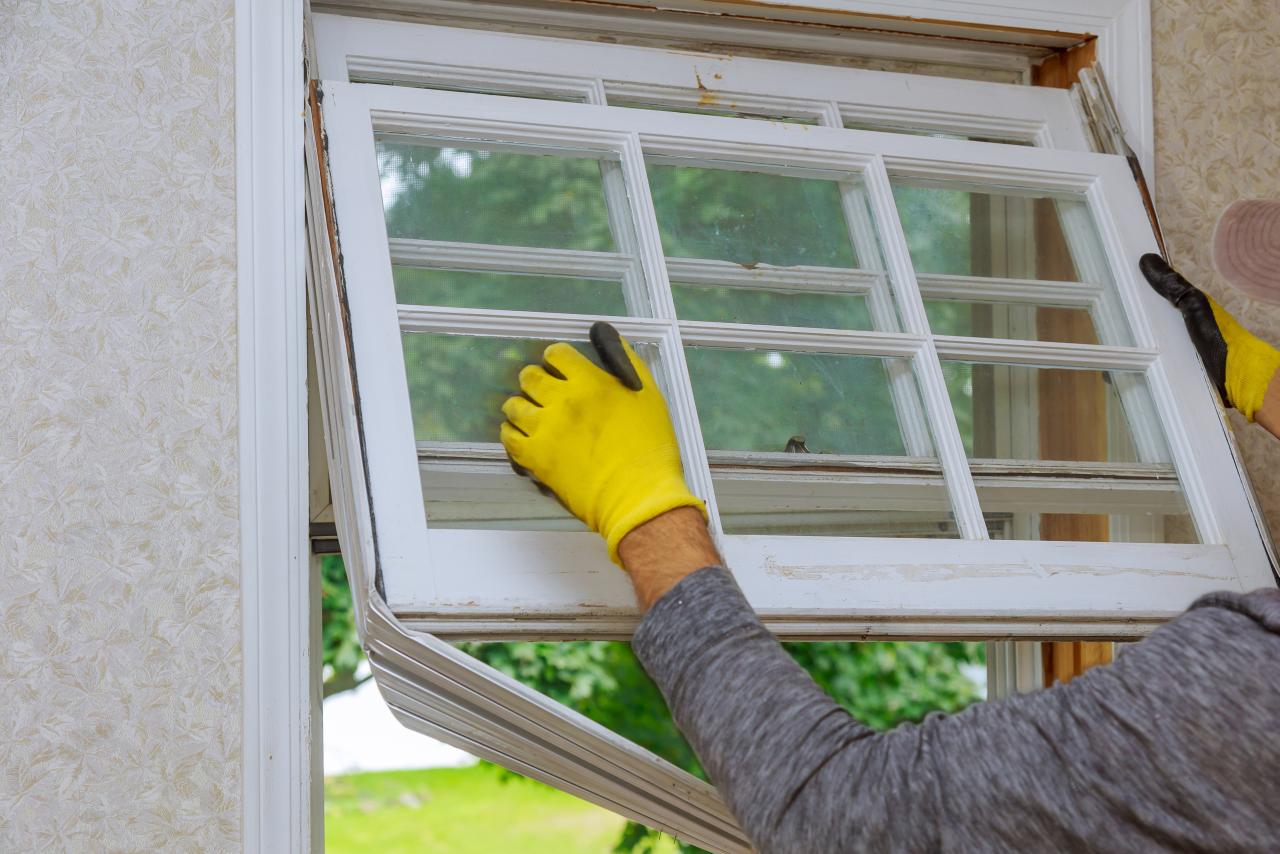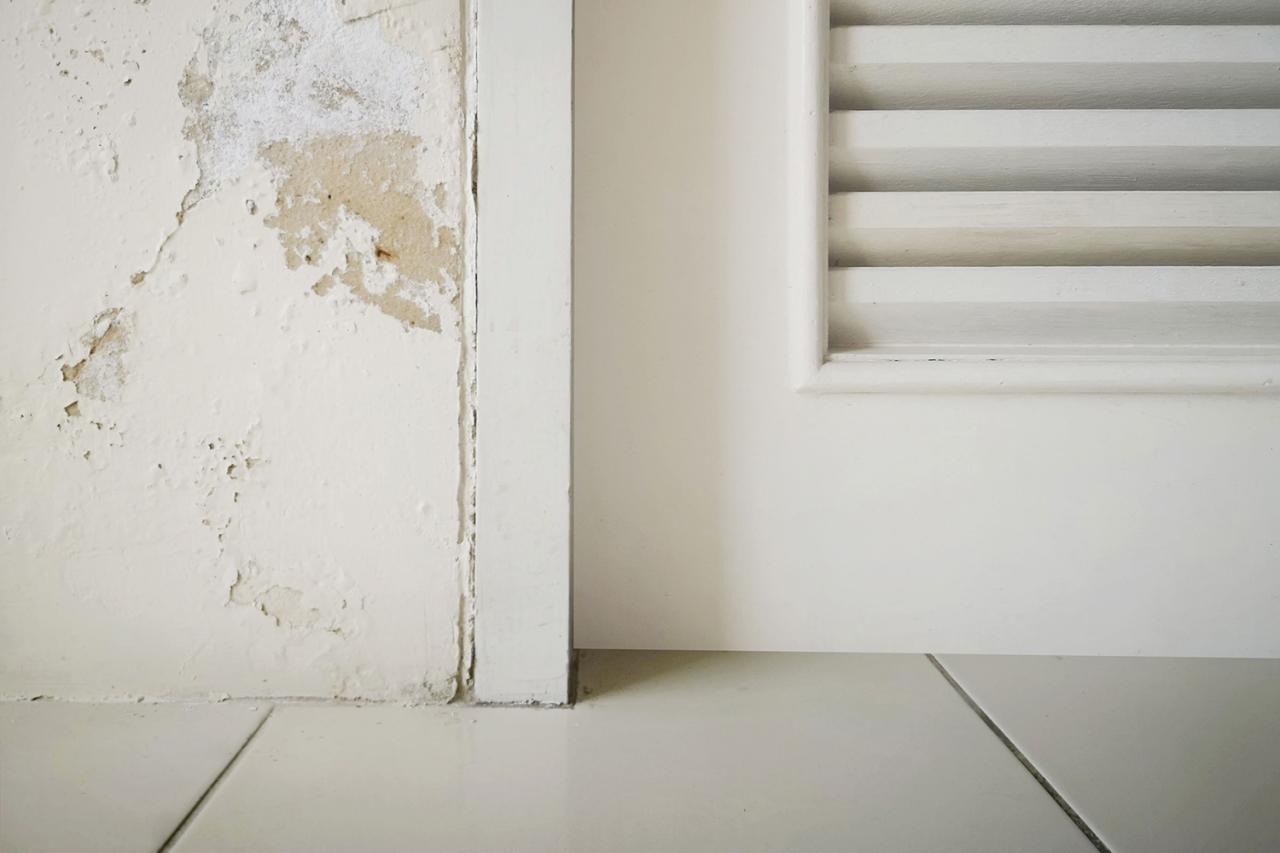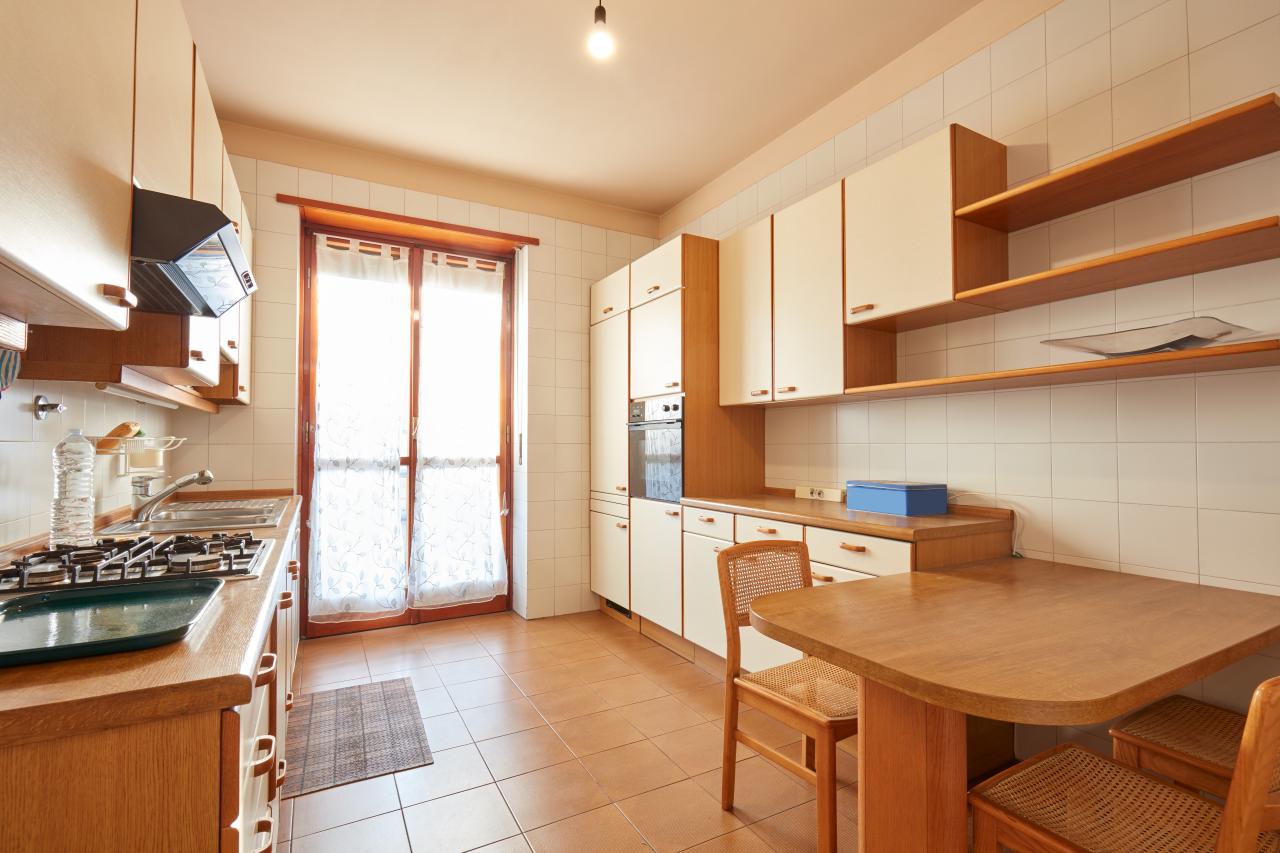Legal services and code enforcement
Tenants & Homeowners
Many legal-service providers across New York can represent tenants who qualify for their services, at no charge. The Office of the New York State Attorney General cannot provide direct legal advice.
Topics covered

Habitability and repairs
Warranty of habitability
Tenants have the right to a livable, safe, and sanitary apartment. This right is implied in every written or oral residential lease. Any lease provision that waives this right is contrary to public policy and is therefore void. A landlord might violate a tenant's right by, for example, not providing heat or hot water on a regular basis, or not ridding an apartment of an insect infestation.
The warranty of habitability includes public areas of a building in addition to individual apartments. Owners of cooperative apartments can raise the warranty of habitability but not owners of condominiums. Tenants and subtenants in cooperatives and condominiums can raise the warranty of habitability.
If a tenant or someone under the tenant's control causes an uninhabitable condition, this is not a breach of the warranty of habitability. In such a case, the tenant is responsible for remedying the condition (Real Property Law §235-b).
Seeking rent reduction
If a landlord breaches the warranty of habitability, the tenant can sue for a rent reduction. Rent-regulated tenants can also file a rent-reduction complaint with the Division of Housing and Community Renewal (DHCR). Before filing such a complaint with DHCR for breach of the warranty, the tenant must communicate in writing with the landlord about the problem. A complaint can only be filed with DHCR at least 10 days and no more than 60 days after the date the tenant sent a notice to the landlord. The tenant may also withhold rent, but the landlord may respond by suing the tenant for nonpayment of rent. In such a case, the tenant may countersue for breach of the warranty.
The court or DHCR may grant a rent reduction if it finds that the landlord violated the warranty of habitability. The reduction is computed by subtracting from the actual rent the estimated value of the apartment without essential services. For a tenant to receive a reduction, the landlord must have actual or constructive notice of the existence of the defective condition.
A landlord’s liability for damages is limited when the failure to provide services is the result of a union-wide building workers’ strike. However, a court may award damages to a tenant equal to a share of the landlord’s net savings because of the strike. Landlords will be liable for lack of services caused by a strike when they have not made a good-faith attempt, where practicable, to provide services.
In extenuating circumstances, tenants may make necessary repairs and deduct reasonable repair costs from the rent. For example, if a landlord has been notified that a door lock is broken and willfully neglects to repair it, the tenant may hire a locksmith and deduct the cost from the rent. Tenants should keep receipts for such repairs and copies of all communications with the landlord about the repairs.
If an apartment becomes uninhabitable due to fire or other damage not caused by the tenant, and the lease does not expressly provide otherwise, the tenant may vacate the apartment and cancel the lease. The tenant will not be liable for subsequent rental payments. The landlord will be responsible to refund any rent paid in advance, as well as any rent security held by the landlord (Real Property Law § 227). Rent-stabilized and rent-controlled tenants may apply to DHCR to have an order issued reducing their rent obligation to $1 to maintain a possessory interest in the apartment until it become habitable again.
If only a portion of the apartment is damaged, the rent may be reduced according to a court order, or by DHCR, in proportion to the damaged part of the apartment. The landlord must then repair those portions of the apartment and return them to livable condition.
Landlord’s duty of repair
Landlords of multiple dwellings must keep the building's apartments and public areas in good repair and clean and free of vermin, garbage, or other offensive material. Landlords are required to maintain electrical, plumbing, sanitary, heating, and ventilating systems, and appliances installed by the landlord (such as refrigerators and stoves) in good and safe working order. All repairs must be made within a reasonable time that may vary depending upon the severity of the repairs. In New York City, the landlord is required to maintain the public areas in a clean and sanitary condition (NYC Admin. Code§ 27-2011). Tenants should bring complaints to the attention of their local housing officials (Multiple Dwelling Law §78 and §80; Multiple Residence Law §174). The Multiple Dwelling Law applies to cities with a population of 325,000 or more and the Multiple Residence Law applies to cities with fewer than 325,000 inhabitants and to all towns and villages.

Lead paint
Tips for avoiding and testing for lead paint poisoning, as well as a discussion of consumer rights when renting, owningm, and improving your home
Rent stabilization
In New York City, an apartment is generally under rent stabilization if it is:
- an apartment that is not otherwise rent controlled in a building built before January 1, 1974, with six or more units
- a formerly rent-controlled apartment that became vacant without a lawful successor
- an apartment in a building with three or more apartments constructed or extensively renovated on or after January 1, 1974, with special tax benefits, such as 421-a or J-51 tax abatements
Outside New York City, rent-stabilized apartments are generally found in buildings built before January 1, 1974, with six or more apartments.
Local rent-guidelines boards in New York City, Nassau, Rockland, and Westchester counties set maximum rates for rent increases once a year. These rates are effective for one- or two-year leases, beginning on or after October 1 each year. Tenants in rent-stabilized apartments are entitled to required essential services and lease renewals on the same terms and conditions as in the original lease and cannot be evicted except on grounds allowed by law.
As of June 15, 2019, other localities are now able to enact their own rent-stabilization laws if the locality declares a housing emergency.
Tenant harassment
Tenant harassment can take many forms: from threats, to cutting off essential services like heat or hot water, to causing damage to your home or apartment. Whether your landlord is engaging in harassment to force you out, retaliate against you for making a complaint or asserting your rights, or for some other reason, you have protections to stop it.

Tenant harassment in New York City
Tips on what you can do as a tenant to protect yourself from harassment by your landlord

Tenant harassment — outside New York City
Tips on what you can do as a tenant to protect yourself from harassment by your landlord
Resources
To find out whether an apartment is regulated, contact the New York State Division of Housing and Community Renewal at DHCR's portal site.
If a local agency is not responding, you can file a complaint with the Department of State Building and Code.
